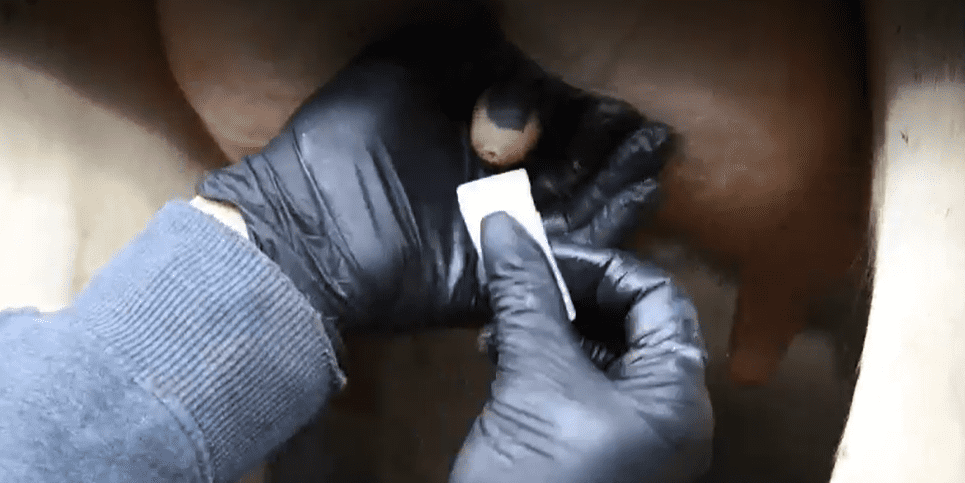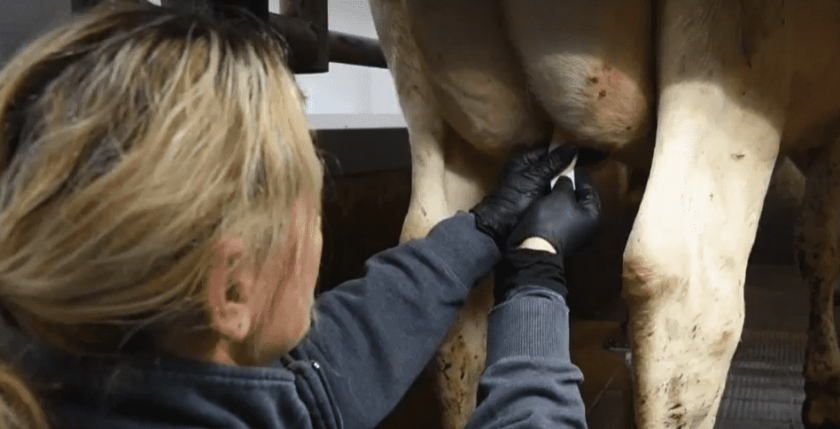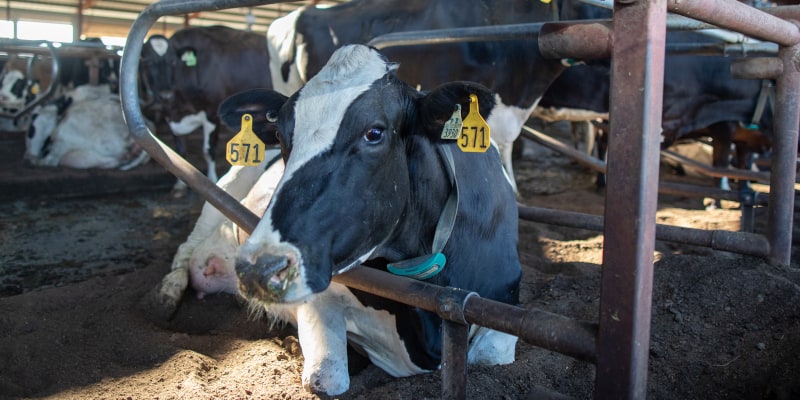The dry period is the most important part of a cow’s next lactation, and yet many people fail to understand that. The dry period preps the cow for her next lactation so that, ideally, she will freshen healthy and with no udder health issues.
One of the most common issues in fresh animals is mastitis or high SCC (>200,000). Recent research has shown that cows with clinical mastitis or high SCC after calving will produce 1,200 to 1,500 pounds less milk in that lactation regardless of her SCC during the lactation, and milk quality issues at calving are more costly than a case of clinical mastitis during the lactation.
Help keep her protected during the dry period
Many years ago, I encouraged pharmaceutical companies to look at internal teat sealants for the USA market. I was lucky one company followed that suggestion, and I was involved in some of the testing. In my opinion, internal teat sealants are one of the best products to be introduced to the dairy industry in the past 20 years.
An internal teat sealant is not an antibiotic; instead, it provides a way to seal the teat end from bacterial invasion during the dry period. The most important factor when using an internal teat sealant is to have a clean, properly sanitized teat end and be extremely sanitary when putting the sealant into the teat. I suggest squeezing the teat together above the end and infuse slowly so the product stays at the teat end. DO NOT work the product into the teat or udder. I also recommend post dipping after treatment just to be safe.
The proper way to sanitize a teat prior to dry cow antibiotic therapy and internal teat sealant is to post dip the teat and wipe the dip off with a clean paper towel or cloth. Take an alcohol wipe and clean the entire teat and teat end starting with the teats that are furthest away. Then, put teat sealant in the opposite way, starting with closest teats and finishing with furthest away. If you want to do an even better job, clean the teat and teat ends again with a new alcohol towel between administration of the dry cow antibiotic tube and the internal teat sealant.

When should you use an internal teat sealant?
Up to a couple of years ago, my recommendation was to dry treat every quarter of every cow with a dry cow antibiotic tube PLUS a tube of internal teat sealant. The results were fantastic compared to using only a dry cow antibiotic tube.
Currently, selective dry cow therapy is gaining popularity and, if used correctly, is equally effective. Selective dry cow therapy means cows with low SCC (<150,000) during their lactation, no clinical mastitis and healthy teat ends are only given an internal teat sealant and no dry cow antibiotic tube. However, with selective dry cow therapy where you only use the internal teat sealant, it is even more critical to have a properly sanitized teat end because the safety net of a dry cow antibiotic is not there.
With the proper use of internal teat sealants, the advantage to the cow and the dairy is huge. I cannot think of any reason a dairy would not want this product in their arsenal of preventative weapons.
Questions?
Have questions on this article or want more information on how to protect your cows during the dry period? Contact Dr. Andy Johnson at 920.621.3604 or [email protected].
Add a teat sealant to your dry cow protocols today.
Give her an extra shield of protection with UdderLife™ OptiShield™ teat sealant.




